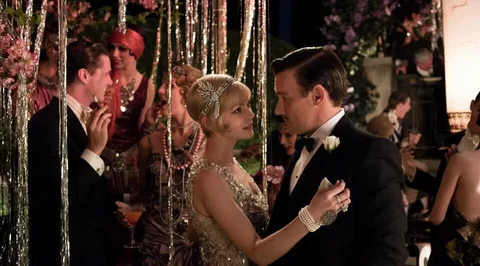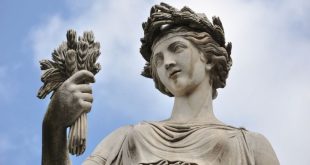The question “Are there Jukeboxes in the Great Gatsby Time Period?” is common concerning the history of music in that era. Yes, jukeboxes existed during the 1920s, but they were primitive compared to the ones we think of today. Jukeboxes, as we know them, became widely popular later, particularly in the 1930s and 1940s.
During Gatsby’s era, live music, gramophones, and phonographs were the primary means of enjoying music at parties or social gatherings. In the novel, Jay Gatsby is known for hosting extravagant parties with live bands playing jazz music, a hallmark of the 1920s. This aligns with the period’s technology and cultural trends.

Are there Jukeboxes in the Great Gatsby Time Period?
Introduction
The era of The Great Gatsby was a time of glitz, glamour, and groundbreaking advancements. Set in the 1920s, the novel portrays a society thriving in the Jazz Age. However, an intriguing question arises: were jukeboxes a part of this lavish world? Let’s dive into the history and explore their significance.
The Technological Scene in the 1920s
The 1920s saw rapid technological advancements. While automobiles and telephones surged in popularity, the music industry transformed. Gramophones and phonographs dominated the scene, offering a way to play music at home or in social settings.
Early Forms of Jukeboxes
The jukeboxes existed in their earlier forms during the 1920s and were primitive compared to the ones we think of today. Known as “coin-operated phonographs,” these machines allowed users to play a song for a coin. They first appeared in the 1890s and gradually improved.
- Limited Accessibility: These early jukeboxes were not widely available and lacked the visual appeal of later models.
- Basic Functionality: Unlike modern jukeboxes, these machines played a single song at a time and did not have a selection system.
Music at Gatsby’s Extravagant Parties
Scott Fitzgerald’s The Great Gatsby showcases Jay Gatsby’s legendary parties. These gatherings symbolized excess and indulgence. Live jazz bands were the highlight, providing an energetic and personal touch.
- Jazz Bands Over Machines: In the 1920s, live music was preferred for its dynamic atmosphere. Gatsby’s parties reflect this preference, emphasizing authenticity over automation.
- Cultural Trends: Jazz was the heartbeat of the Roaring Twenties, embodying the era’s rebellious spirit.
When Did Jukeboxes Gain Popularity?
Jukeboxes, as we know them, gained prominence in the 1930s and 1940s. This period saw advancements in design and functionality, making them a staple in diners and social spaces.
- Iconic Features Introduced: Multiple song selections and illuminated designs became the hallmark of jukeboxes.
- Decline of Live Music: As jukeboxes became more affordable, they began replacing live performers in many venues.
Why Was the Live Music Preferred in the 1920s?
During Gatsby’s era, live music wasn’t just entertainment—it was an experience. Social gatherings revolved around the personal connection that only live performances could offer.
- Symbol of Status: Hiring a band demonstrated wealth and sophistication.
- Interactive Experience: Guests could request songs and enjoy the spontaneity of live performers.
Conclusion
Although jukeboxes existed in the 1920s, they were not a central feature of the time. Instead, live jazz bands captured the essence of the Jazz Age. Gatsby’s world thrived on the glamour and energy of live music, making jukeboxes a mere footnote in this dazzling era.
Frequently Asked Questions:
Were there jukeboxes in the 1920s?
Yes! The jukeboxes were available in their earlier forms during the 1920s and were primitive in comparison with the ones we think of today.
What music was invented in the 1920s?
The 1920s saw the invention and popularization of jazz, the rise of blues, rooted in African American traditions, and the energetic Charleston music, which fueled the dance craze of the decade.
What instruments are in The Great Gatsby?
In The Great Gatsby, the instruments mentioned during the parties include the piano, saxophone, trumpet, trombone, and drums, reflecting the lively jazz music of the 1920s.



